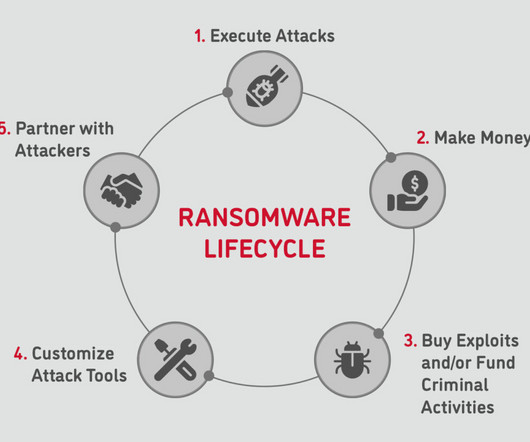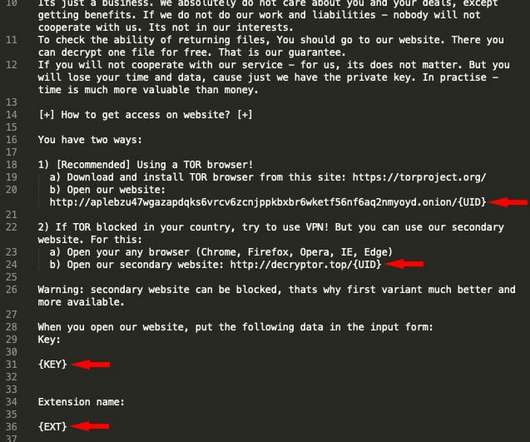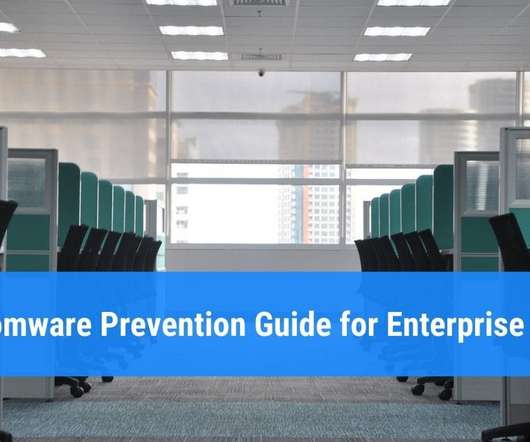A week in security (July 4 – July 10)
Malwarebytes
JULY 11, 2022
Chrome patches ANOTHER zero-day vulnerability Cloud-based malware is on the rise. Last week on Malwarebytes Labs: My Body, My Data Act would lock down reproductive and sexual health data “Free UK visa” offers on WhatsApp are fakes HackerOne insider fired for trying to claim other people’s bounties Update now!


















Let's personalize your content